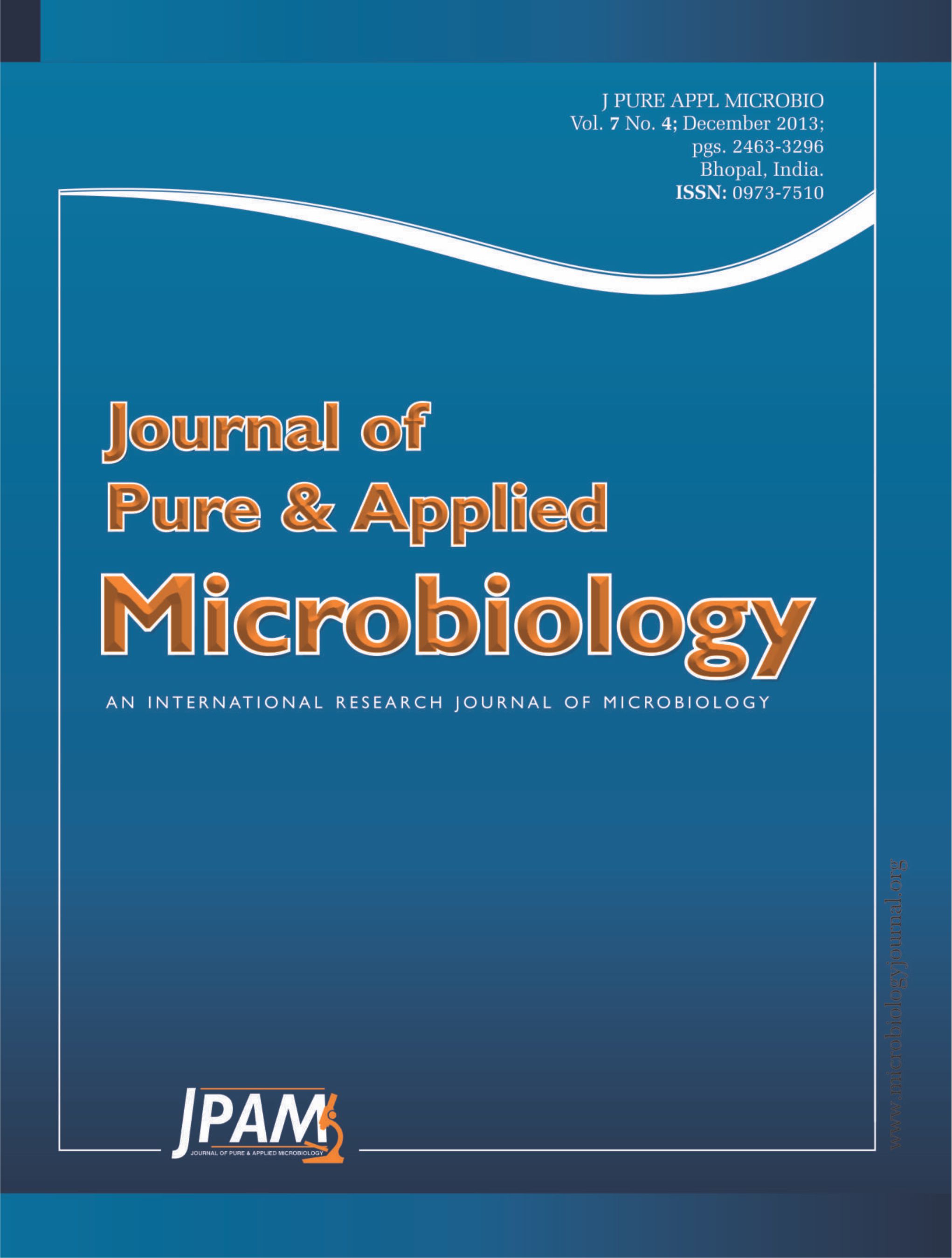Portulaca oleracea L. is distributed across China and used a long time ago in clinic for the treatment of microbial infections, as a traditional Chinese herbal medicine. This work was performed in order to evaluate the antimicrobial activities of aqueous extracts from Portulaca oleracea L.. The MIC and MBC determinations combined with confocal laser scanning analysis were used to study the antimicrobial activities of aqueous extracts, against the common pathogens of Staphylococcus aureus, Staphylococcus epidermidis and Escherichia coli. The microorganisms were incubated on the biofilm-grown and planktonic stages, respectively.It was found that the extracts had the great potential inhibiting activities against all 3 microorganisms, with the MIC value of 0.25 %. As to these microorganisms, Staphylococcus aureus has the lowest MBC value (0.125 %). Further, the CLSM data reveal that the antimicrobial effects of the extracts are with the concentration- and time-dependent relationships, and there is no linear relationship between bacterial biofilm inhibition activities and concentration of the extracts. Therefore, the aqueous extracts from Portulaca oleracea L. might be considered as a potential antimicrobial agent.
Portulaca oleracea L, Aqueous extracts, Antimicrobial, MIC, MBC, Confocal laser scanning
© The Author(s) 2013. Open Access. This article is distributed under the terms of the Creative Commons Attribution 4.0 International License which permits unrestricted use, sharing, distribution, and reproduction in any medium, provided you give appropriate credit to the original author(s) and the source, provide a link to the Creative Commons license, and indicate if changes were made.


